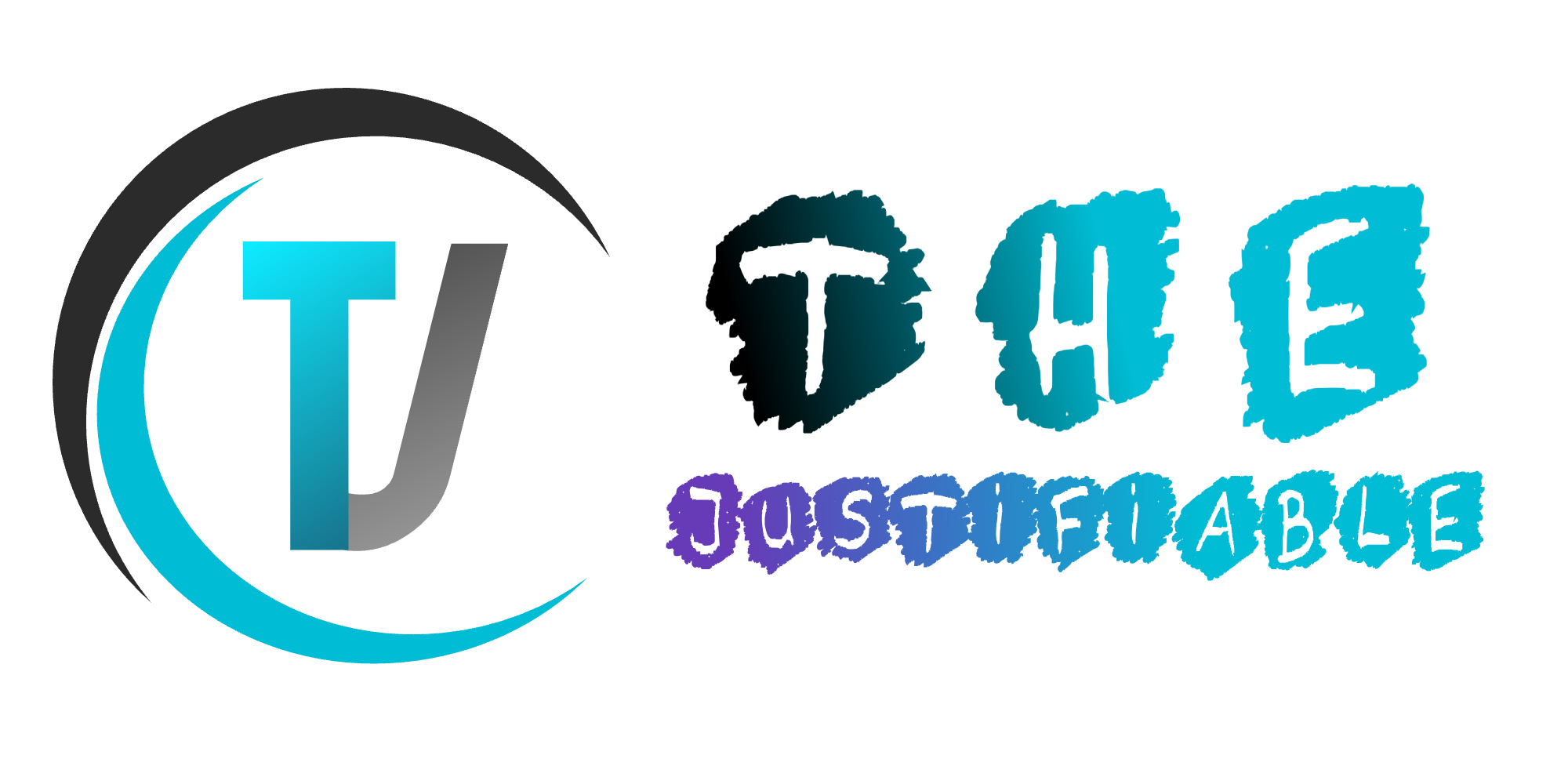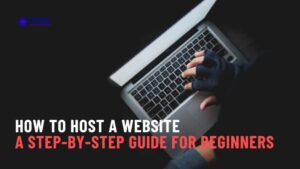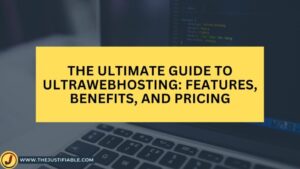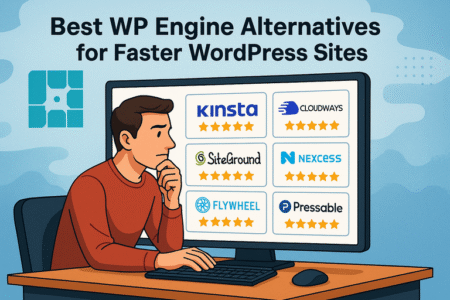Table of Contents
Namecheap pricing can look straightforward at first glance, but once you dig into domains, hosting, and all the extras, the numbers start to tell a different story.
Are you really getting the best deal for your needs, or could you be overpaying without realizing it? How do renewal rates, hosting tiers, and add-ons like SSL or email services affect your long-term costs?
In this guide, we’ll unpack the real cost structure behind Namecheap’s domains, hosting plans, and more, so you can make smarter decisions and keep your budget in check.
Understanding Namecheap Pricing Across Core Services
Namecheap pricing isn’t just a single number you see on a checkout page — it’s a mix of service tiers, renewal rates, and add-ons that can either save you money or quietly drain your budget over time.
If you’ve ever wondered why a domain feels cheap in year one but costs more later, or why one hosting plan costs double another, it’s because Namecheap structures its pricing to balance entry-level affordability with long-term upselling opportunities.
Breaking Down How Namecheap Structures Its Pricing Models
Namecheap typically follows a “low entry, higher renewal” model. This means you’ll often see an attractive first-year price, especially for domains and hosting plans, to encourage sign-ups.
For example, a .com domain might launch at under $10 for the first year but jump to $14–$15 upon renewal. Hosting plans follow a similar curve — an introductory discount for the first billing cycle, then a full-rate renewal.
I recommend paying attention to whether the discounted price is applied monthly or annually. Some users get caught by monthly billing that looks cheap upfront but ends up costing more over 12 months compared to an annual plan.
And while Namecheap does offer long-term savings if you register domains or prepay hosting for multiple years, those savings shrink if you start adding extra services piecemeal later.
Key Factors That Influence Costs for Domains, Hosting, and Extras
Several details affect the final number you pay:
- Domain type — Standard extensions (.com, .net) tend to have predictable rates, while newer or niche TLDs (.ai, .xyz) can cost far more.
- Renewal cycle — Annual renewals often have steady rates, but monthly hosting can carry higher total costs.
- Add-ons — SSL certificates, premium DNS, email hosting, and security tools like VPN or malware protection can double your bill if you stack them.
- Resource allocation — In hosting, the more storage, CPU cores, or bandwidth you need, the higher the tier — and price — you’ll choose.
My advice? Treat Namecheap’s pricing page like a menu: start with what you truly need, then add only the extras that will directly improve your website’s performance, security, or branding.
Domain Pricing: Registration, Renewal, and Transfers

Domain costs can feel simple — buy a name, pay once a year, done. But with Namecheap pricing, there are layers that can either help you save or catch you off guard. The key is understanding how registration, renewal, and transfer fees work together over the life of a domain.
Standard vs Premium Domain Pricing and What Impacts the Rate
A standard domain (like example.com) usually costs between $8–$15 per year for common TLDs. Premium domains, however, are pre-owned or in high demand, often priced in the hundreds or thousands. Namecheap lists these separately in search results with a “Premium” tag.
What affects the price? Availability is a big one — if a domain is taken, its resale price is market-driven. Extension type matters too; .tech, .io, or .ai domains typically cost more because they’re trendy in startup and tech circles.
I suggest running a quick cost comparison across several extensions before settling — sometimes a .net or .co can be just as brandable for a fraction of the price.
Renewal Pricing Strategy and How to Lock In Better Rates
The first-year discount can be tempting, but your second-year bill is the real cost to budget for. A .com might renew at $14.98, while .io could renew at $59+. The smartest move? Register for multiple years upfront during a promo — it locks in the low rate for the full term. Also, keep an eye on Namecheap’s renewal coupons, which pop up during seasonal sales.
I’ve personally saved 20–30% on domain renewals this way, and it’s one of those rare low-effort wins in domain management.
Transfer Costs and When Switching Domains Saves Money
Domain transfers to Namecheap typically cost about the same as a one-year renewal, and you get that extra year of registration added on. If you’re paying high renewal fees elsewhere, transferring can be a quick way to save.
But here’s the catch — transfers reset your domain’s lock period for 60 days, meaning you can’t move it again right away. If you manage multiple domains, plan these transfers strategically so you don’t end up stuck paying higher rates during that lock window.
Hosting Plans: Shared, VPS, and Dedicated Servers
When it comes to Namecheap pricing for hosting, the cost difference between Shared, VPS, and Dedicated servers can be huge — and so can the performance gap. Picking the right one isn’t just about budget, it’s about matching the plan to how your site will be used now and in the future.
I’ve seen too many people overpay for power they don’t need or underpay for a plan that crumbles under traffic spikes.
Shared Hosting Pricing Tiers and Best Use Cases
Shared hosting is Namecheap’s most affordable option, and for a reason: you’re literally sharing server resources with other customers.
Their Stellar plan can start for just a few dollars a month, especially with first-year discounts, while the Stellar Plus and Stellar Business tiers cost more but unlock unlimited websites, more storage, and premium features like automatic backups.
This is perfect if:
- You’re launching a personal blog or small business site
- You expect low to moderate traffic (under 10,000 visits/month)
- You’re okay with slower speeds during peak usage hours
I’d recommend locking in the lowest price by paying for at least a year upfront. Monthly billing is almost always the most expensive way to use shared hosting.
VPS Hosting Costs and How Resources Affect the Price
Virtual Private Server (VPS) hosting is where things get interesting — you still share a physical server, but your slice is dedicated and isolated. That means you can scale resources like CPU, RAM, and storage without competing with your neighbors.
Namecheap’s VPS plans often start in the $8–$15/month range on promo, but renew higher.
Your price depends heavily on:
- RAM allocation — More RAM equals better handling of traffic and applications.
- Storage type — SSDs are faster and pricier than HDDs.
- Bandwidth — Higher limits prevent slowdowns during busy periods.
If you’re running a resource-heavy site, VPS is worth the jump — just don’t overbuy. I’ve met clients who paid for maxed-out VPS specs and used barely half of them.
Dedicated Server Pricing and When It’s Worth the Investment
Dedicated servers are the top tier — one entire machine, all yours. Namecheap’s entry-level dedicated plans start around $40–$50/month on promo and can push past $200/month for high-end setups.
They’re worth it if:
- Your site gets 100,000+ visitors a month
- You run complex apps that need constant high performance
- Security and control are non-negotiable (e.g., financial, healthcare, or enterprise sites)
If you’re just starting out, you almost certainly don’t need a dedicated server. I suggest moving to one only when VPS resources consistently max out despite optimization.
WordPress Hosting and EasyWP Plans
Namecheap offers both traditional hosting that supports WordPress and its own EasyWP managed hosting service. The difference is more than just price — it’s about convenience, control, and performance.
Comparing EasyWP Pricing vs Traditional Hosting for WordPress
EasyWP is Namecheap’s in-house managed WordPress hosting. Plans often start at just a few dollars per month, with higher tiers offering more storage, better performance, and priority support. The big draw is simplicity: you can launch a WordPress site in minutes without touching cPanel or worrying about server management.
Traditional hosting is usually cheaper at the low end, especially if you use shared hosting, but you’re responsible for updates, backups, and optimization. EasyWP does much of that for you — and that convenience is what you’re really paying for.
If you run a single WordPress site and want zero tech headaches, EasyWP is a solid pick. If you’re managing multiple sites or need custom server tweaks, stick with traditional hosting.
How Bandwidth, Storage, and Features Shape the Cost
Both EasyWP and traditional hosting prices scale with:
- Bandwidth — More traffic means you need higher limits to avoid throttling.
- Storage — Entry plans may only include 10–50GB, which is fine for most blogs but tight for large media-heavy sites.
- Features — Staging sites, CDN integration, and automatic backups often live on higher-priced tiers.
From my experience, most small to medium sites never need the top-tier plan right away. The trick is to start small, monitor your resource usage, and upgrade only when your site actually demands it.
Email Hosting and Professional Mailbox Pricing
For many businesses, a professional email address isn’t optional — it’s a credibility builder. With Namecheap pricing, email hosting is surprisingly affordable compared to big names like Google Workspace or Microsoft 365, especially if you just need a reliable mailbox without all the extra app suites.
Breakdown of Namecheap Private Email Hosting Plans
Namecheap’s Private Email Hosting starts at a few dollars per month and scales based on mailbox size, storage, and collaboration tools.
The Starter plan often includes a single mailbox with 5GB of email storage and 2GB of file storage, which is plenty for a personal or small business account.
Move up to Pro or Ultimate, and you’ll get more mailboxes, increased storage, and team collaboration features like shared calendars and contacts.
The signup process is straightforward — once you select a plan, you can attach it to any domain you own, even if it’s not hosted with Namecheap. I like this flexibility because it lets you keep your email and website separate, which is a plus for security and uptime.
Cost Benefits of Bundling Email with Domain or Hosting Services
If you’re already buying a domain or hosting plan from Namecheap, it often makes sense to add email hosting at the same time. New domain registrations sometimes come with discounted email plans for the first year, and bundling can simplify billing.
However, I suggest running the math before clicking “add to cart.” If you’re managing multiple domains, buying a higher-tier email plan that supports several mailboxes may be cheaper than buying separate starter plans for each domain. And remember — having your email tied to your own domain (like you@yourbusiness.com) immediately boosts trust with clients.
SSL Certificates and Security Add-Ons

Security isn’t something you tack on later — it’s part of your foundation. Namecheap pricing for SSL and add-ons is generally competitive, and they regularly run promotions that make even premium certificates affordable.
SSL Pricing Ranges from Basic to Premium Options
Namecheap offers SSL certificates starting with basic domain validation (DV) at just a few dollars per year. These are fine for blogs, portfolios, or informational sites. Extended validation (EV) certificates, which display your company name in the browser bar, cost more but are worth it for ecommerce and financial sites.
They also sell wildcard SSLs (one certificate covering all subdomains) and multi-domain SSLs (up to 100 domains), which are a smart buy if you manage several related sites. Buying multi-year SSLs can lock in lower rates, but make sure your hosting setup won’t change before the term ends.
Evaluating Add-On Security Features Like VPN and WhoIsGuard
Beyond SSL, Namecheap offers WhoIsGuard (domain privacy) for free with most domain registrations — this hides your personal info from public WHOIS records, which I consider non-negotiable for privacy.
They also sell VPN services, PremiumDNS, and site security tools like malware scanning and backups. A VPN can be useful if you’re frequently logging in from public Wi-Fi, while PremiumDNS boosts reliability if uptime is critical.
My rule of thumb: start with SSL and WhoIsGuard as essentials, then add other tools only if they address a specific risk in your setup.
Domain Auctions and Marketplace Pricing
Namecheap’s domain marketplace is a bit like a thrift store for the internet — you never know if you’ll find a hidden gem or an overpriced dud. The key is knowing how their pricing works.
How Namecheap’s Marketplace Pricing Works for Buying and Selling
You can list your own domains for sale or browse domains others are selling. Prices are set by sellers, not Namecheap, so you’ll see everything from budget-friendly deals to five-figure premium domains. The platform also supports auctions, where multiple buyers bid until the timer runs out.
Buying a domain here usually costs more than standard registration because it’s already owned, but the upside is you can snag a name that isn’t available anywhere else.
Strategies to Get the Best Deals on Expired or Premium Domains
If you’re bargain hunting, keep an eye on expired domains — these often get listed at lower prices before being released to the public. I suggest setting alerts for keywords relevant to your niche, so you can pounce when something fitting becomes available.
When negotiating on premium domains, don’t be afraid to make a counteroffer. Many sellers list high expecting to negotiate down. Also, check the domain’s history with a tool like Wayback Machine to see if it’s been used for spam — you don’t want to inherit SEO baggage.
Promotions, Discounts, and Seasonal Deals
Namecheap pricing gets even sweeter when you know where to look for discounts. They’re one of those companies that run promotions often enough that you can time big purchases — like multiple domains or hosting upgrades — for maximum savings.
How to Track and Use Namecheap Coupons for Maximum Savings
Namecheap frequently offers coupons for domains, hosting, SSL certificates, and add-ons. You can find these on their Coupons page, in their monthly newsletter, or during seasonal campaigns. I advise bookmarking the coupon page and checking it before making any purchase.
Here’s how to get the most out of them:
- Stack savings when possible — pair a coupon with a first-year discount.
- Buy in bulk — renew multiple domains or hosting plans in one transaction to use the coupon across all items.
- Act quickly — coupons often expire within the same month they’re released.
From experience, using a 20%–30% off coupon on a multi-year hosting plan can save you more than you’d think — especially when renewal prices are higher.
Annual Sales Events Like Black Friday and Cyber Monday Pricing
Namecheap’s Black Friday and Cyber Monday sales are their biggest discount windows of the year. Domains can drop to under $1 for the first year, hosting can be 50%–70% off, and SSL certificates often go for a fraction of the regular price.
I recommend planning ahead:
- Create a wishlist of domains or services you want.
- Log in before the sale starts to save time at checkout.
- Set reminders — deals can sell out in hours.
Comparing Namecheap Pricing with Competitors
Price isn’t the only factor in picking a provider, but if you’re budget-conscious, Namecheap’s value proposition is hard to ignore.
Price Differences for Domains and Hosting Against GoDaddy, Bluehost, and Others
Compared to GoDaddy, Namecheap domains are often a few dollars cheaper both at registration and renewal. Hosting prices are also lower than Bluehost’s comparable plans, especially when factoring in renewal rates. However, competitors sometimes bundle more “free” extras, so it’s worth checking the fine print.
If you’re after pure affordability, Namecheap usually wins for domains and entry-level hosting. If you want enterprise-level infrastructure or heavy integrations, some competitors may have the edge — at a higher price.
Feature-to-Price Ratio: Where Namecheap Wins and Where It Doesn’t
Where Namecheap shines:
- Free domain privacy (WhoIsGuard) with most domains
- Consistent low pricing without constant upsells
- Competitive SSL and email hosting rates
Where it’s weaker:
- Some hosting plans have fewer bundled perks than Bluehost or SiteGround
- No built-in phone support — live chat only
If you’re a self-sufficient user who values predictable pricing over premium hand-holding, Namecheap gives you more bang for your buck.
Long-Term Cost Management with Namecheap
Keeping costs low over time with Namecheap isn’t just about finding a good starting price — it’s about actively managing renewals and plan usage.
Tips to Reduce Renewal Costs and Avoid Price Hikes
- Lock in multi-year terms during promotions to freeze lower rates.
- Turn off auto-renew on domains you’re unsure about, so you can drop them before being billed.
- Renew early when coupons are available — you can add years without waiting for expiry.
I’ve renewed domains two years ahead during a sale and saved enough to cover other business expenses.
When Upgrading or Downgrading Plans Saves You Money
It’s easy to stick with your original hosting plan, but your needs will change. If you’re paying for VPS but traffic has dropped, downgrading to shared hosting can cut costs without hurting performance. On the flip side, if your site keeps hitting bandwidth limits, upgrading before overage fees kick in is often cheaper long-term.
The key is to check your resource usage every few months in the Namecheap dashboard. If you’re consistently under or over your plan’s limits, make the change.






